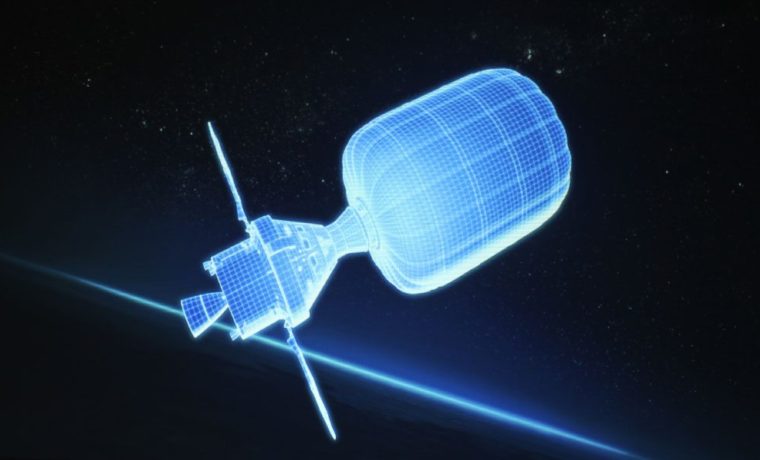The Epson PowerLite 675W has a manufacturer-rated contrast ratio of 14,000:1. This is a typical number – I’ve seen similar projectors around this claim. Though, manufacturer claims for contrast are all over the place, and sometimes they’re not accurate at all, so we don’t pay too much attention to these. I personally just use them as a frame of reference for how good the black levels should look based on that number.
What we care about is not the number the manufacturer comes out with, but rather, how the projector performs in terms of black levels. Business and education projectors such as the PowerLite 675W and its siblings are not expected to perform well in these areas, nor does it matter - black levels tend to be something we care about in home theater and home entertainment projectors, as business/education projectors do not need the blackest of blacks.
I would rate the PowerLite 675W as having mediocre black levels, but acceptable for the applications it is intended for. What does that mean? Blacks will not be black, but rather, a more medium-dark grey. No matter – it still looks pretty decent, and will do a good job on your presentations and educational content, such as this scene from Journey to Space. If your applications require better blacks, such as graphic design, engineering renderings, etc., you may want to go up a few dollars in price point.


